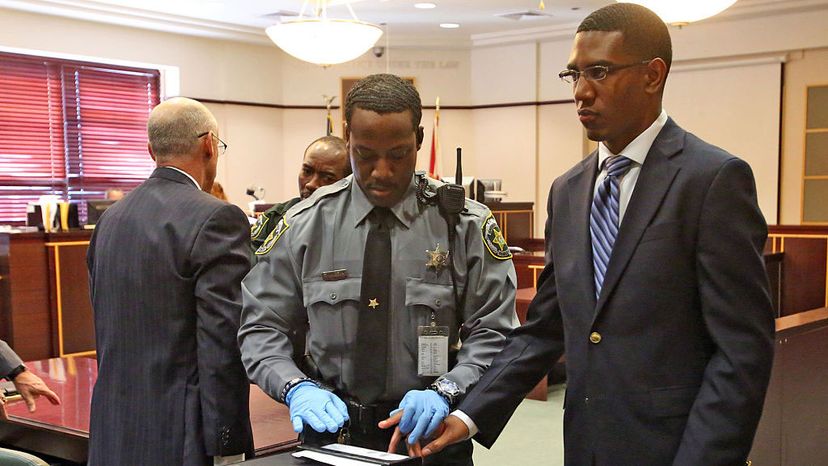When Hazing Turns Deadly

There have been more than 200 hazing-related deaths at American colleges and universities dating back to the 1830s, and 40 in the last decade alone [source: The Economist]. While a handful of hazing deaths occurred under bizarre circumstances — struck by a train when left stranded by fraternity members on a bridge (Kenyon College in 1905), electrocuted when swimming in a lake exposed to a live power line (SUNY Albany 1988) — the vast majority of hazing fatalities have one thing in common: alcohol [source: Nuwer].
Binge drinking is a chronic problem on college campuses, but the combination of hazing and excessive alcohol consumption has proven particularly deadly. With shocking regularity, young fraternity pledges die of alcohol poisoning after being cajoled into drinking absurd amounts of alcohol. When Maxwell Gruver died at the Phi Delta Theta house at Louisiana State University in 2017, the autopsy revealed he had a blood-alcohol level of greater than 0.494, the equivalent of 24 shots of hard liquor [source: The Economist].
Advertisement
According to the National Study of Student Hazing, alcohol and hazing go hand in hand. Across nearly all types of campus groups — varsity athletics, Greek organizations, ski clubs and chess clubs — the top hazing activity reported was "participation in drinking games" (the single exception was performing arts group, where drinking games came in second to "singing silly songs and performing demeaning skits").
Alcohol-based hazing, the survey data says, is worst among varsity sports teams (54 percent of recruits played drinking games) followed closely by fraternities and sororities (53 percent). But club sports and intramural sports teams also put drinking front and center in initiation activities, coming in at 41 percent and 28 percent respectively. And yes, even 5 percent of honor society members say drinking games played a role in becoming members.
Even though all sorts of campus groups include drinking in their recruiting process, fraternities hold the dubious honor of killing more aspiring members than all the rest combined. Unfortunately, there are several logical reasons for this [source: Lipkins]:
- Fraternity hazing rituals take place in secret and are vigorously withheld from public scrutiny
- The impenetrable secrecy surrounding hazing activities means that there's zero oversight from college administrators or other level-minded adults
- When the fraternity is left to its own devices, few people are sober enough to recognize when a "wild" time crosses the line to "fatal," and those that do don't know how to speak out (or fear reprisal if they do)
Another reason is that traditions change, but almost never for the safer. With hazing becoming more widespread, and starting earlier in high school, there is a cross-pollinating of "traditions," with groups adding increasingly humiliating and dangerous twists to the old standbys [source: Lipkins]. Some people link the increase in college hazing with the raising of the drinking age to 21 in the mid-1980s, which drove college drinking underground.